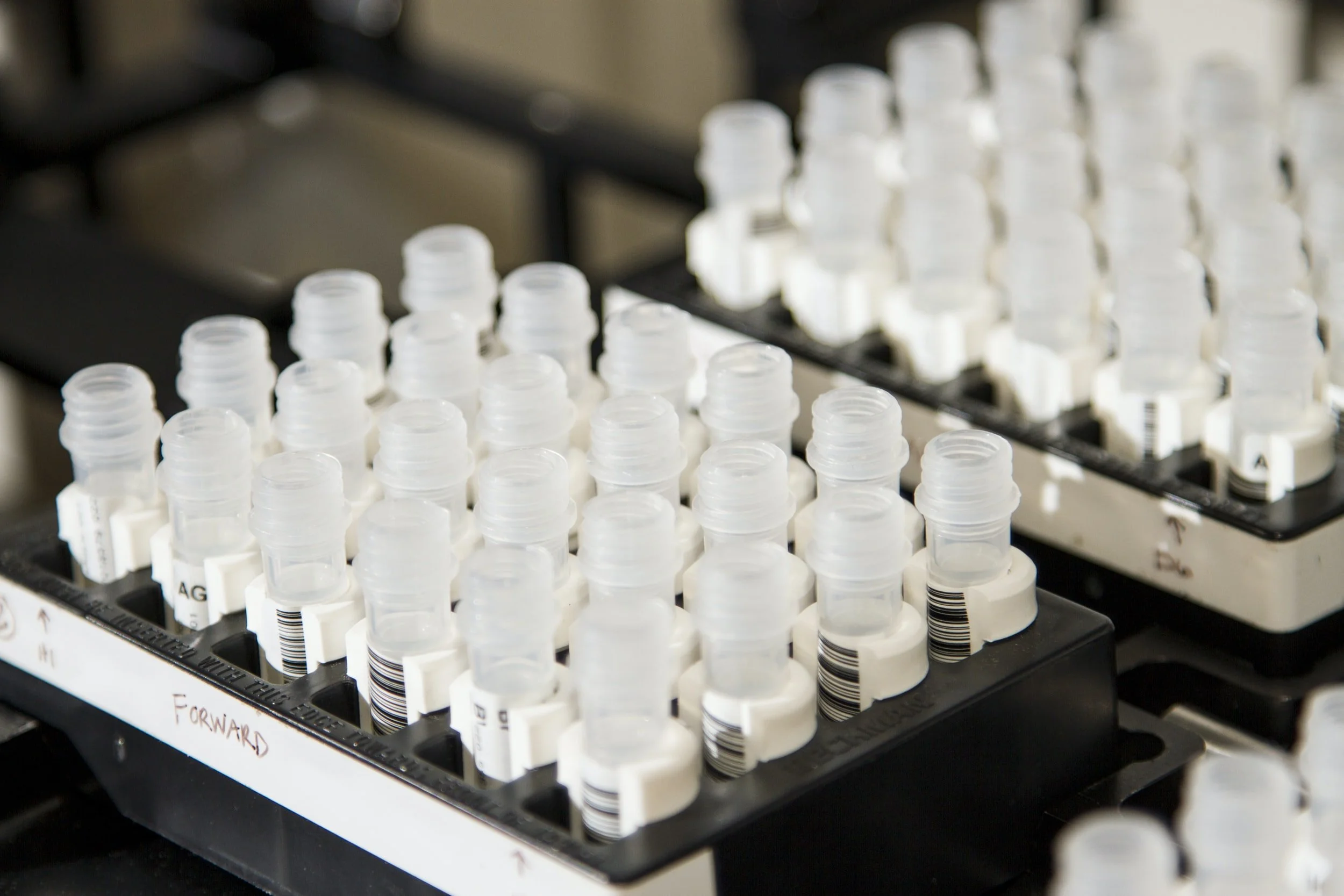Terra BioSample Data Explorer
User Problem
A cancer researcher who wants to identify links between particular genes and specific cancers needs to gather clinical and genomic data from as many sources as possible. Currently this process can be tedious and problematic.
Goal
An interface that allows the researcher to search across several data sources and find data will allow them to focus on research instead of data wrangling.
Timeline
4+ Months, 2020
My Role(s)
UX/UI Design
Conducted new user research as well as leveraged existing research
Worked closely with 1 PM
Worked within Terra’s design system as well as created new components
Worked with a data modeler
Stakeholder management and SMEs for buy-in
Background + Goal
Finding data
An abundance of quality data is the perhaps the single biggest driver of scientific discovery, yet finding data is a burdensome process for most genomic researchers.
What data is available?
Terra provides access to many public datasets as well as the tools to analyze it with, but what and how much data there is remains non-transparent to users.
User research - quotes
“There’s more than a million biosamples in Terra, but how do I find what I need?
“I want to be able to easily identify how much accessible data exists for the research questions I have (i.e., identify driver mutations for breast cancer).”
“Is it the right data? Is the relevant data sufficiently abundant? Is relevant data qualified for my requirements?”
Adding clarity through user journey mapping
Product Managers and other stakeholders were ambiguous about the scope and the requirements of this feature because of the cutting-edge nature of Terra, and the product thinking around the experience evolved quickly.
Design Principles
I realized the specific design goals I had aligned perfectly with FAIR data use principles, so I re-stated the design principles using the same framework
Clearly display available filters and associated values so that data is findable.
Clearly communicate the accessibility of the available data.
Demonstrate the common attributes across datasets that have been made interoperable by our common data model.
Allow for simple export of relevant data into Terra workspaces, which improves data provenance, which optimizes the reuse of research data.
Exploring search and refinements
I sketched many layout options and ideated on details.
Early concepts tests
I created mid-fidelity wireframes of several layout directions and solicited feedback from a variety of stakeholders, subject experts, and user representatives to gauge what they valued most. I also tested different ways to semantically summary a search query.
What I learned
Users don’t need to see results and filters at the same time, only the relevant counts of results.
Users want to sort the filter options alphabetically as well as have a search box because the options are not leveraging ontologies.
Displaying the summary of the query in a boolean format is more accurate and desirable.
High Fidelity Mockups
Impact
Facilitated conversation about the vision and planning of the development work
Working on the next iteration of this work, with additional requirements
Integrating data access requests
Full data catalogue
More Projects
-
DFCI Curation Platform
-
Broad's COVID-19 Dashboard
-
DFCI Patient StatusBoard










